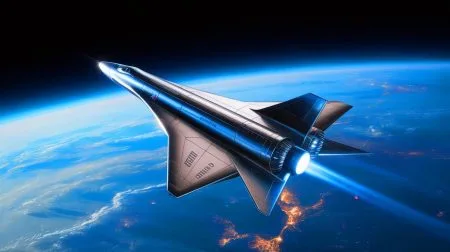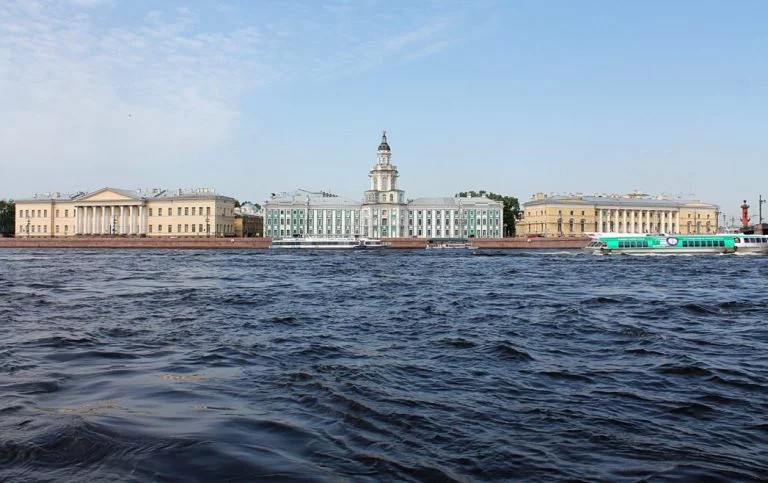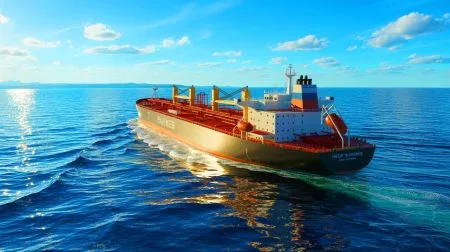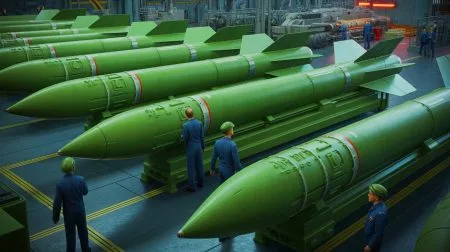Gazprom Neft, the oil branch of the Russian de-facto gas monopoly Gazprom, says it plans to build the first LNG bunker barge by 2020.
“Gazprom Neft Marine Bunker is working on something unique for the industry: the construction of Russia’s first LNG bunker barge by 2020,” the company’s board of directors announced.
“In the medium and long term, a key role in the bunker market will be played by liquefied natural gas (LNG), which meets the requirements of the Marpol [Marine Pollution] Convention both in terms of sulphur content and concentration of nitrogen compounds,” the Gazprom Neft Marine Bunker statement said.
The International Convention for the Prevention of Pollution from Ships of 1973 was modified by a 1978 protocol and is one of the most important international marine environmental agreements. It was developed by the International Maritime Organisation in an effort to minimise pollution, including dumping and oil and air pollution. The objective was to preserve the marine environment and to minimise the accidental spillage of oil and other pollutants.
The convention was not enforced until 1983 and 156 states are currently party to the convention, flag states of more than 99 per cent of the world’s shipping tonnage.
“As part of the potential of Gazprom Neft’s bunker business, Gazprom Neft Marine Bunker is developing a unique project for the construction of Russia’s first LNG bunker [barge] by 2020.”
The firm said it was working to deliver LNG bunkering at Russian ports and on appropriate legislation.
It added that it expected LNG to become the dominant fuel in the Russian Baltic region.
St Petersburg is one of the biggest bunkering markets in the region.
Gazprom Neft Marine Bunker estimated that the LNG bunkering market would grow from 100,000 million tonnes in 2020-22 to 300,000-400,000 million tonnes by 2025.
Established in 2007, Gazprom Neft Marine Bunker’s fleet consists of 11 ships with a total cargo capacity of 40,700 billion cubic metres.
“The perimeter of the new segment of the bunker market is covered by the shelf zone of the Arctic seas and the water area of the northern sea route,” it said. “The solution of this problem involves the creation of a bunker infrastructure of new quality: terminals for work in the far north and a bunker fleet of the Arctic class.”
St Petersburg is a major bunkering hub. Picture credit: PXHere
Did you like it? 4.4/5 (22)







